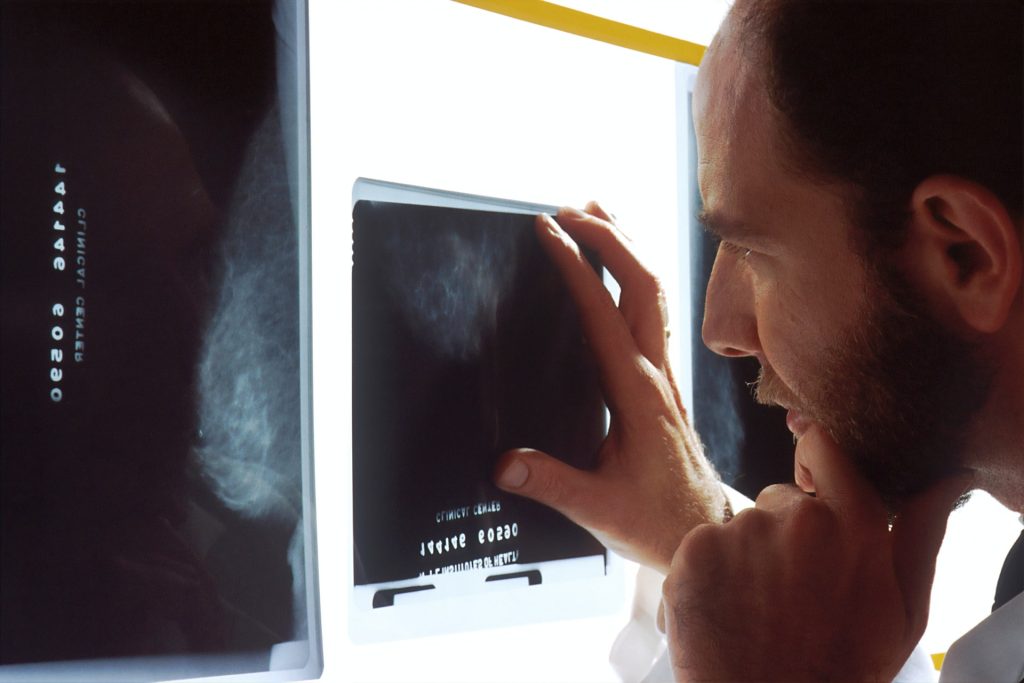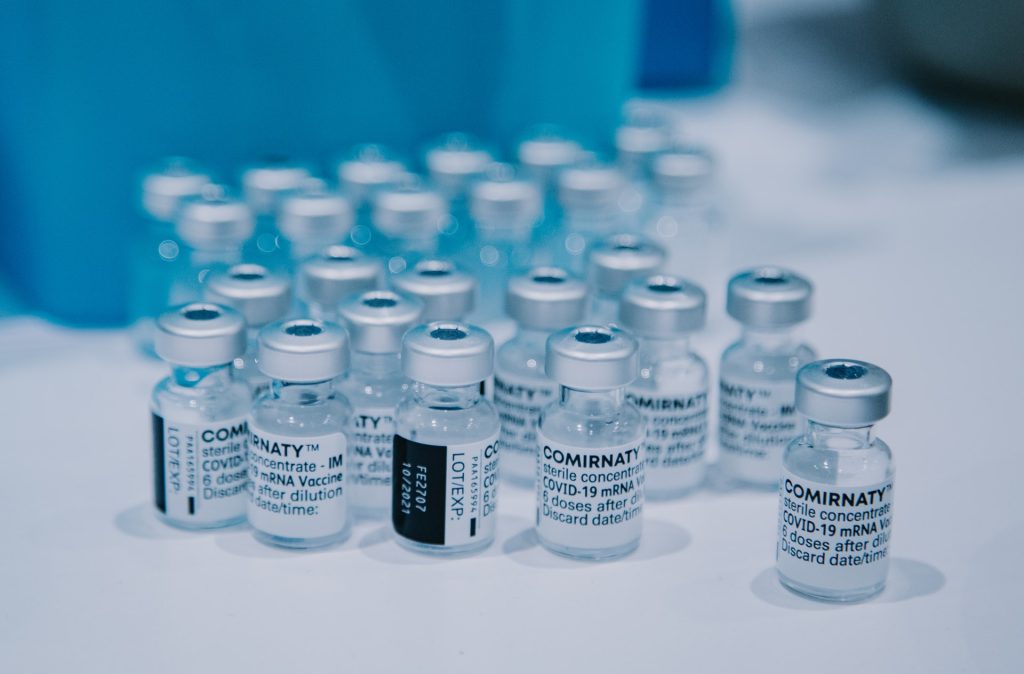Promising New Treatment for Moderate to Severe Atopic Dermatitis

An international clinical trial of a new monoclonal antibody therapy showed promising results for patients moderate to severe atopic dermatitis both while taking the drug and up to 20 weeks after the therapy was stopped, according to Mount Sinai researchers in The Lancet.
The researchers said the results indicate that the new biologic, rocatinlimab, has the potential to change the genetic makeup of a person’s atopic dermatitis for the long term, and possibly help sustain lasting results without continued use. Rocatinlimab inhibits OX40. an immune molecule involved in activating inflammatory cells that play a key role in the development of atopic dermatitis and other inflammatory diseases.
“Atopic dermatitis, the most common type of eczema, is a debilitating chronic inflammatory skin disease that affects 1 in 10 Americans and millions of people worldwide,” said Emma Guttman, MD, PhD, Mount Sinai professor. “It often develops at a very young age, causing the skin to become inflamed, red, extremely itchy, painful, and very dry – all symptoms that greatly affect a patient’s quality of life. We are very optimistic about the results of this trial and the potential for disease modification and long-lasting effects to improve patients’ quality of life.”
In this phase 2b multicentre, double-blind, placebo-controlled study, 274 patients were recruited and (rocatinlimab: n = 217; placebo: n = 57) equally randomised to rocatinlimab every four weeks (150mg or 600mg) or every two weeks (300mg or 600mg) or subcutaneous placebo up to week 18, with an 18-week active-treatment extension and 20-week follow-up.
Percent change from baseline in the Eczema Area and Severity Index (EASI) score was assessed as the primary endpoint at week 16, and significance versus placebo was achieved with all active rocatinlimab doses (-48% to -61%) doses compared to placebo (-15%). All active dose cohorts also continued improving after week 16, and most patients maintained the response for at least 20 weeks off treatment.
The results support rocatinlimab as a safe and effective treatment for moderate to severe atopic dermatitis, with potentially long-lasting efficacy and disease modification. Adverse events reported were generally similar between rocatinlimab groups. Common adverse events during the double-blind period included fever, chills, headache, aphthous ulcers (canker sores), and nausea.
“At week 36, all participants had been on the treatment for at least 18 weeks,” added Dr Guttman, senior author of the study. “By this time, we saw that while the drug achieved the primary endpoints in all doses versus the placebo, it’s also a drug that improves over time, which is really unusual and unique among currently available treatment options.”
Researchers plan to continue this investigation in a phase 3 program in 2023. Future studies will also include a larger study population, longer follow-up, and explore combination therapy (eg with topical corticosteroids).
Source: Mount Sinai Hospital





